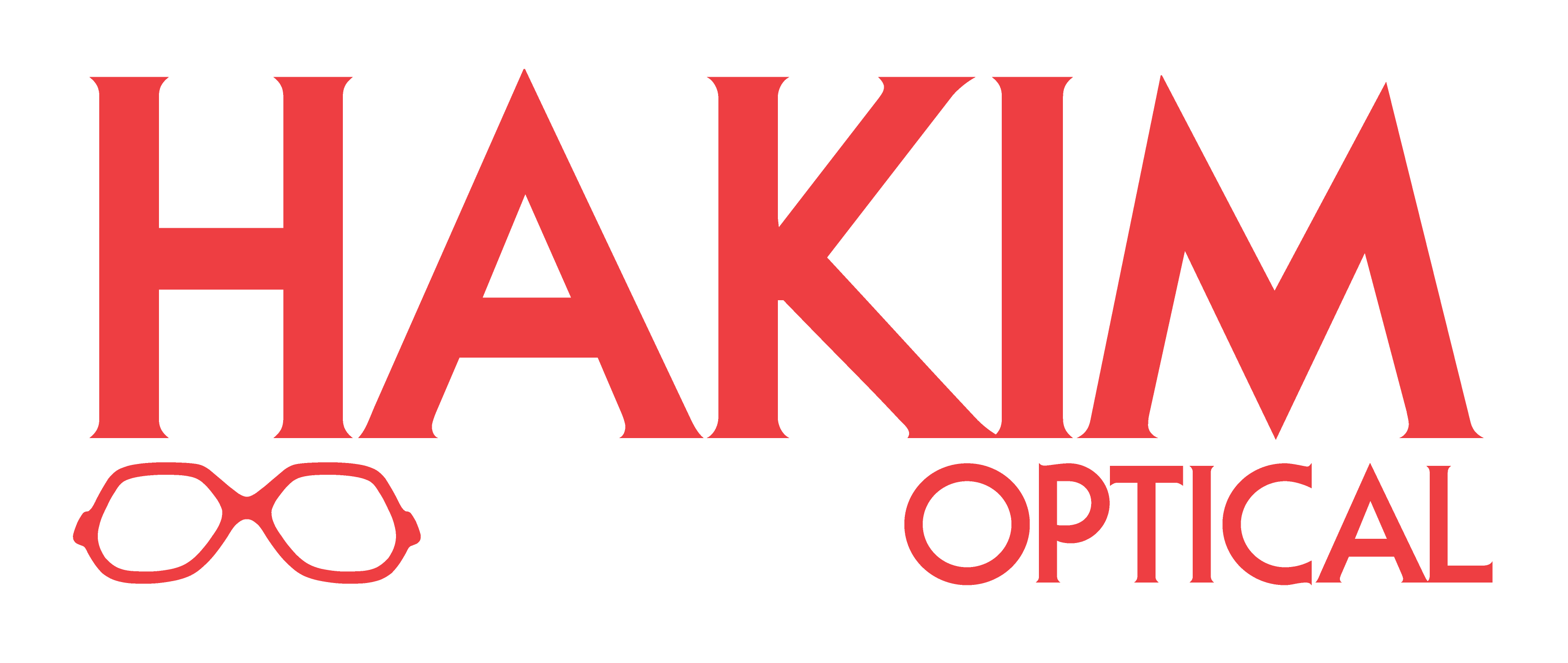Sometimes when you walk out of an eye exam, it feels like you need a prescription to read your prescription.
Your eye doctor provides you with a sheet filled with acronyms and numbers that seem like a different language. Luckily, we’ve got the translation from eye doctor to customer so you can understand your prescription and what you should be looking for when shopping for new eyeglasses.
Here’s a full breakdown of everything on your prescription:
OD/OS/OU: These are short for oculus dexter (OD), oculus sinister (OS) and oculus uterque (OU). These are the Latin terms for right eye (OD), left eye (OS) and both eyes (OU). These distinctions are especially useful when your eyes have two different prescriptions. If you’re left eye and right are have different prescription, it’s very important to know which is which.
Sphere (SPH): Sphere is the number directly beside each eye. While each number on your prescription is important, this is the one that denotes the lens power or strength of your prescription if you are near or far sighted. If your SPH has a negative symbol that means you are nearsighted and a positive, or no symbol at all, means you are farsighted.
Cylinder (CYL): Cylinder is the lens power if you have astigmatism. Sometimes nothing can appear in this column, this means you don’t have astigmatism in need of correction. When there is a number, it will also be classified into near and far sightedness by a plus (far) or a negative (near).
Axis: The axis is measured on a scale of 1-180. It is used when your prescription also has a Cylinder and it describes the lens meridian used to correct astigmatism. It can often have an “X” written before it.
Add: This is used for multifocal lenses. It’s a number that will always be a positive strength representing the magnifying power to correct presbyopia. The magnifying power is only applied to the bottom of the glasses.
Prism: Prism is used to correct eye alignment problems. You will see 5 different abbreviations representing: Prism diopters (p.d.), base up (BU), base down (BD), base in (BI) and base out (BO). The measurement for your correction will be denoted in a decimal or fraction in p.d. and the base directions are used to show the direction.
If there are other numbers or columns written on your prescription, you may have a contact lens prescription, which can be quite a bit different. Next week we will post our guide for contact lens prescriptions.
Those are the basics for your eyeglasses prescription, if you have any further questions, don’t hesitate to ask the experts! You can always post questions on our social media, website or come into one of our stores.
Click here to find the Hakim Optical store closest to you.
